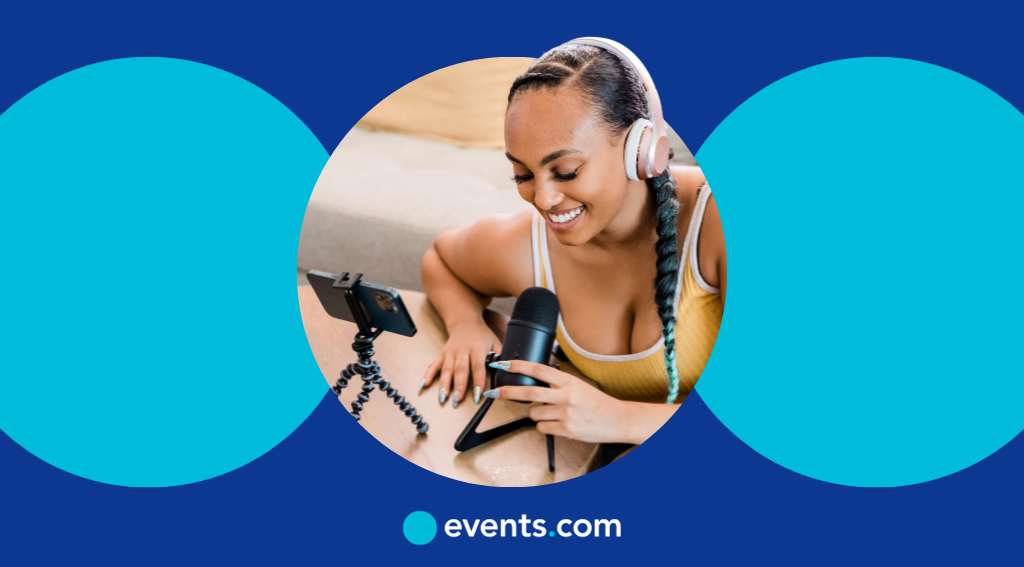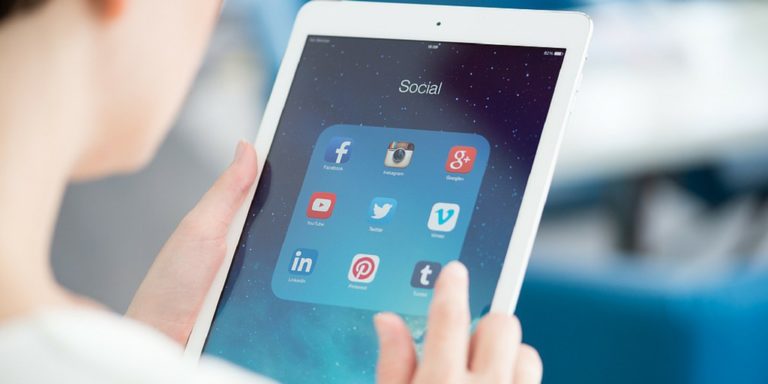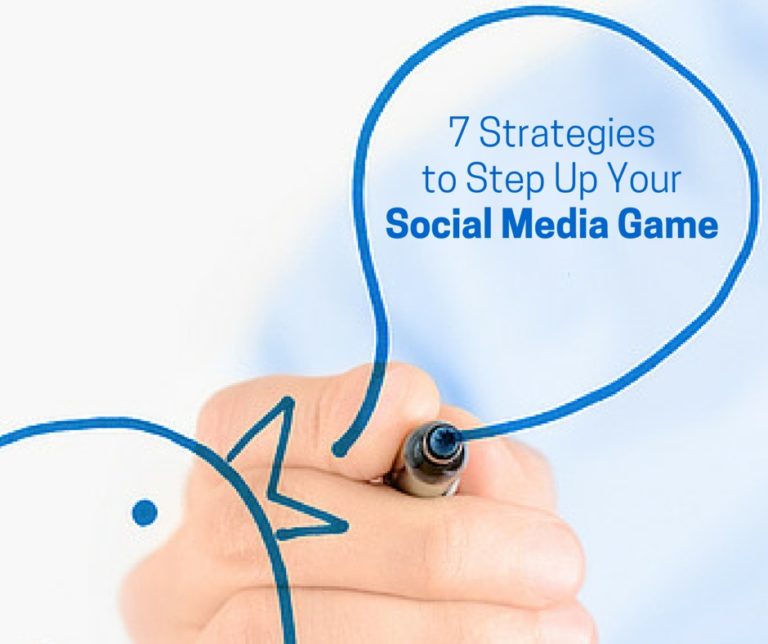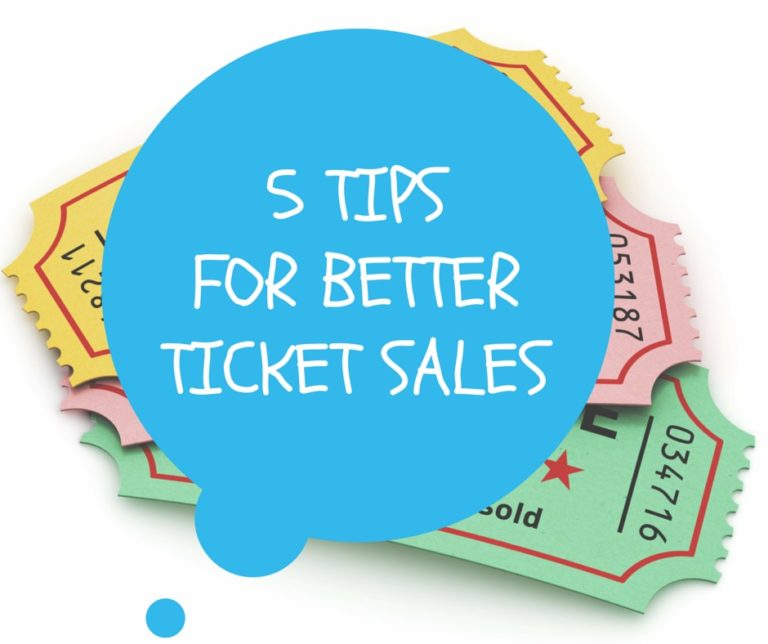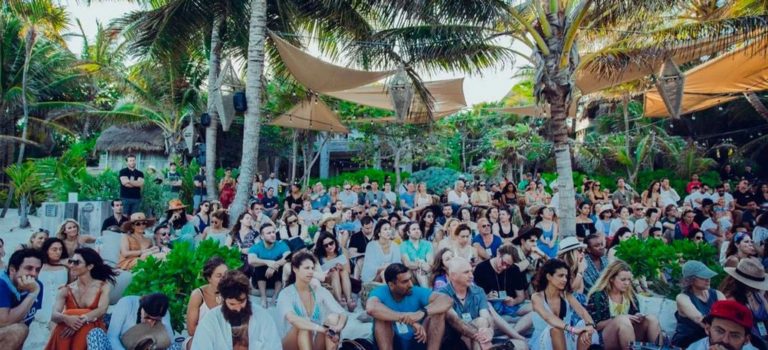Event promotion has evolved in recent years, and the influencer marketing industry has emerged as a powerful strategy to captivate audiences and increase event visibility. Collaborating with influential personalities who have a significant following allows event organizers to amplify attendance, foster engagement, and increase reach.
This guide provides insights and actionable steps to help you take advantage of the potential of influencer marketing campaigns to promote and maximize the success of your events. From understanding the different levels of influencers to crafting strategic partnerships and measuring campaign effectiveness, this guide equips you with the necessary tools to navigate the ever-evolving realm of influencer-driven event marketing.
Let’s dive in!
What Is Influencer Marketing?
Influencer marketing is one of many promotional event strategies. It involves partnering with people who have a lot of influence and authority within specific communities or social media platforms. These individuals, called influencers, have a dedicated following and can really affect consumer behavior, shape opinions, and prompt action among their audience.
The main idea behind an influencer marketing strategy is to use the credibility, trust, and reputation for authenticity that influencers have created with their followers. As an event organizer, working with these influential people helps increase your reach and persuasive abilities to endorse, promote, or advocate your events. This type of marketing usually happens on digital platforms, particularly on social media platforms like Instagram and TikTok.
Influencers create customized content on these platforms that matches the event’s objectives to captivate and encourage their audience to engage or participate in the event.
What Are the Four Main Types of Influencers?
Influencers are content creators who are typically classified into four primary tiers based on their reach, engagement rate, and follower count. These tiers include:
- Mega Influencers: Mega influencers have massive followings, often exceeding millions of followers. Collaborating with them comes with considerable reach but also substantial costs. Collaborations cost upwards of tens of thousands of dollars per post or campaign.
- Macro Influencers: Falling below mega influencers, macro influencers maintain substantial follower counts, typically ranging between 500,000 to 1 million. Collaborations with macro influencers involve moderately high costs, varying from a few grand to $10,000.
- Micro Influencers: Micro influencers possess smaller yet highly engaged audiences. Their follower count ranges from 10,000 to 100,000 followers. Collaborating with micro influencers involves relatively lower costs, often costing no more than a few hundred bucks.
- Nano Influencers: Nano influencers have smaller but highly niche audiences, usually below 10,000 followers. Collaborating with nano influencers might involve minimal costs, sometimes exchanging free products or offering small fees for collaborations.
Besides follower count, there are a few other factors that contribute to the classification of social media influencers, such as engagement rate, content niche, audience demographics, authenticity, frequency of posting, and the influencer’s ability to drive action or conversion. Not all influencers go on to become brand influencers, and some will have loyalty to certain brands, promoting only their services and products.
How Influencer Marketing Campaigns Can Help Your Event
There are many benefits of influencer marketing. Collaborating with influencers can increase your event’s reach and expose it to a wider audience beyond traditional marketing methods. This increased exposure can significantly enhance brand awareness, making your event more visible and appealing to potential attendees.
In addition, influencers’ credibility and trusted relationships with their followers can lend authenticity to your event promotion. Their endorsements or content endorsements can add trust and increase the perceived value of your event, encouraging potential attendees to view it as reputable and compelling. Ultimately, this can lead to higher engagement and ticket sales.
7 Steps To Leverage Influencer Marketing for Your Event
Now that you understand what social media influencer marketing is, the different types of social influencers, and how they can help your event, it’s time to learn how to incorporate social influencer marketing into your event marketing strategy effectively. These seven tips will help you.
1. Define Your Event Objectives and KPIs
When you’re planning influencer campaign goals for events, set clear goals and key performance indicators (KPIs) that match the event’s objectives. Consider these essential KPIs for influencer marketing:
- Influencer Analysis: Assess the influencer’s impact through metrics like their audience demographics, engagement rates, social proof (how likely people are to imitate them), and authenticity. Understanding the influencer’s audience alignment and credibility aids in selecting the right collaborator.
- Brand Awareness: Measure the event’s brand visibility and recognition generated by the influencer’s promotion. Analyze the increase in mentions, reach, and impressions of the event across social media platforms.
- Social Engagement: Evaluate audience interaction and involvement with the influencer’s content regarding the event. Track likes, comments, shares, and overall engagement metrics to gauge audience interest and participation.
- Click-Through Rate (CTR): Monitor the CTR from the influencer’s content to the event’s registration or ticketing page. A higher CTR signifies the effectiveness of the influencer’s content in driving traffic and potential conversions.
- Sales or Registrations: Track the number of event registrations or ticket sales directly attributed to the influencer marketing campaign. Measuring conversions offers insights into the campaign’s direct impact on driving event attendance and revenue generation.
2. Outline What Your Target Audience Looks Like
Figuring out who your target audience is is a huge part of making influencer marketing work for your event strategy. Start by figuring out your demographic specifics — things like age range, gender, and geographic location. This will help you pick influencers whose followers are kind of like your audience, so their content hits home.
Then, you need to think about what your audience likes, what they do, and where they hang out online. What are their hobbies? What are they into? This will help you make sure the influencer’s content fits what your audience is all about, so they’ll be more interested. When you know your audience, you can work with influencers to make sure their content is a perfect fit for your crowd. That way, you can make sure your event is promoted most effectively.
3. Evaluate the Budget for Your Influencer Campaign
Evaluating your social media influencer marketing campaign budget demands a strategic approach. Begin by aligning your budget with specific campaign goals, whether it’s boosting brand awareness, driving sales, or enhancing engagement.
Research influencer rates and consider factors like follower count, engagement rates, and industry relevance to make sure you’re getting the best investment returns. Factor in expenses for content creation, including design and production, within your budget.
You’ll also want to allocate resources for additional costs like platform fees, influencer management tools, and performance-tracking software. Maintaining flexibility within your influencer marketing budget allows adaptation to unforeseen opportunities or necessary strategy adjustments during the campaign.
4. Research Potential Influencers
Next, it’s about finding the right influencers for your event. But first, you gotta make a list of what’s important to you. Think about how relevant influencers are to your industry, who follows them, how much people engage with them, and whether their content is real. For example, is your audience mainly on Instagram? Then check out Instagram influencer marketing.
Once you have some influencers in mind, check out their social media channels to see what their influencer posts are like, how engaged their followers are, and whether they always put out relevant content.
You also wanna check how engaged their followers are, whether they’re into the same stuff as you, and whether they’ve worked with similar events or brands before. Make sure they can connect with your audience, get them interested, and help you achieve your common goals. Doing this, you’ll be able to pick the right people to work with and make your event a success.
5. Establish a Mutual-Benefit Partnership
Creating a successful influencer partnership involves transparent communication and mutual alignment of expectations. Outline your KPIs to the potential influencer. Be clear about the campaign objectives, highlighting the defined KPIs for brand awareness, engagement, click-through rates, sales, or any other specific metrics agreed upon.
Expressing these expectations will keep both parties on the same page regarding campaign goals and deliverables. Encourage an open discussion to understand the influencer’s creative approach, content ideas, and proposed timeline for delivering the campaign. Emphasize the collaborative nature of the partnership, fostering an environment where both parties contribute their expertise to achieve shared goals.
And make sure that your influencer is getting something in return, whether that’s compensation in line with their expertise and audience reach, exclusive access to event perks, promotional opportunities, discount codes, or long-term collaborations that benefit their brand.
6. Monitor Your Event’s Influencer Campaign
Keep tabs on how your influencer campaign is doing to make sure it’s doing well and hitting the KPIs that you set. Check in regularly and see how your campaign is doing against metrics like brand awareness, engagement, click-through rates, and sales.
To know how your influencer’s content is doing, how engaged the audience is, and how many of them are taking the action that you want, use analytics tools. Keep an eye on the data and trends to see if your campaign is working and resonating with the audience you want.
Also, keep an open dialogue with your influencer to discuss progress, address any challenges, and seize any opportunities that pop up. Keep adjusting your strategy based on what’s happening to make sure you’re getting the best results possible.
7. Maintain a Good Relationship for Future Collaborations
It’s really important to build a positive and long-lasting relationship with influencers for future collaborations and success. These people play a big role in making your events a success, so show your appreciation for their contributions and acknowledge the impact they’ve made.
To do this, stay connected with the influencer even after the campaign ends. Engage with their content, share their posts, and continue to build a genuine relationship. Express gratitude for their partnership and the value they brought to your event, and emphasize your desire for potential future collaborations.
Don’t forget to seek feedback from the influencer regarding their experience working on the campaign. Ask for their insights and suggestions for improvement, and show that you value their input. This not only demonstrates your commitment to collaboration but also helps you refine strategies for future campaigns.
Give Your Event’s Influencer Campaign a Boost With Events.com
Now that you understand how you can leverage influencer campaigns to make your event a success, it’s time to get started. Need help still? Don’t worry, we’ve got you covered! Events.com’s intuitive platform is designed to amplify event success. Seamlessly manage registrations, monitor attendee engagement, and track campaign performance to achieve your event objectives seamlessly.
Take your event to new heights with Events.com’s event management software. Supercharge your influencer campaigns and elevate your event experiences today.
